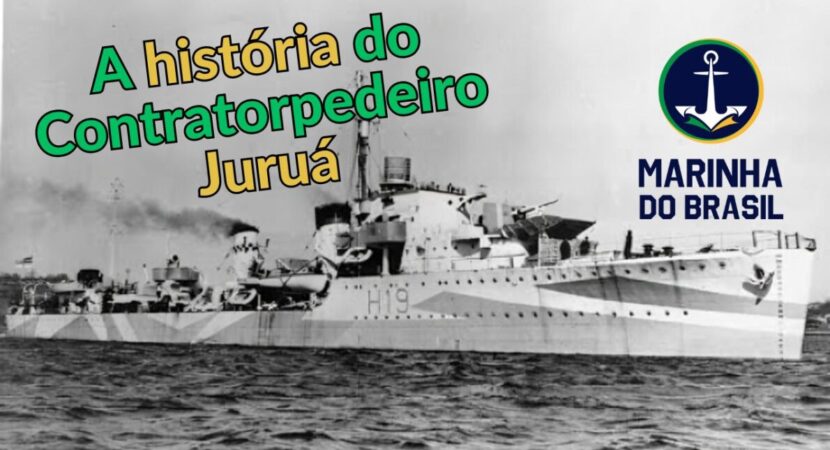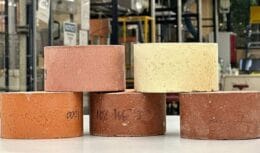
Learn how the Brazilian destroyer Juruá, built in Great Britain, had its history marked by participation in the Second World War under the British flag, and how its heroic deeds contributed to naval history.
The story of the Brazilian destroyer Juruá is a fascinating chapter in the Brazilian Navy. Let's explore the events that led to the development of this and other ships of its class, and how the Juruá ended up serving the British Royal Navy during the Second World War.
In the 1930s, the Brazilian Navy faced a crisis. The Argentine and Chilean navies had already modernized, while Brazil had not acquired new cruisers for more than 20 years and new destroyers for more than a decade. To modernize its fleet, Brazil sought help from the United States and Great Britain.
With support from the United States, Brazil began building three destroyers
In 1937, with support from the United States, Brazil began building three Marcílio Dias class destroyers. At the same time, he negotiated with Great Britain the purchase of six new destroyers, which would form the Juruá class, based on the British G and H classes. These ships would be: Japurá, Jaguaribe, Juruena, Jutaí, Javari and Juruá.
Construction of the ships began in 1939, but with the start of World War II, the British Royal Navy requisitioned all ships in the class. To maintain good relations with Brazil, Great Britain paid for the ships and offered the designs, allowing Brazil to build Acre-class destroyers.
Brazilian destroyer Juruá, renamed HMS Harvester, was commissioned in May 1940
The Juruá class ships, renamed the Avant class, were built until June 1940. Juruá, renamed HMS Harvester, was commissioned in May 1940. Armed with three 120 mm cannons, two quadruple 533 mm torpedo launchers and eight 12,7 mm Vickers machine guns, the Harvester had a displacement of 1800 tons and a maximum speed of 36 knots.
HMS Harvester participated in the Dunkirk evacuation, rescuing more than 2.000 soldiers. In October 1940, together with HMS Highlander, she sank the German submarine U-32. Modernized in 1942, she received more anti-aircraft and anti-submarine armaments, as well as a radar system.
After sinking U-444, it was hit and disabled by U-432
In March 1943, while escorting a convoy to Liverpool, Harvester engaged nine German submarines. After sinking U-444, she was hit and disabled by U-432, which was also sunk. Unfortunately, the Harvester was sunk, resulting in the loss of 149 crew members.
Despite her loss, the story of the Brazilian destroyer Juruá, also known as HMS Harvester, is a testament to bravery and naval efficiency. Her legacy continues to inspire the Brazilian Navy and the memory of her heroic services during World War II.










